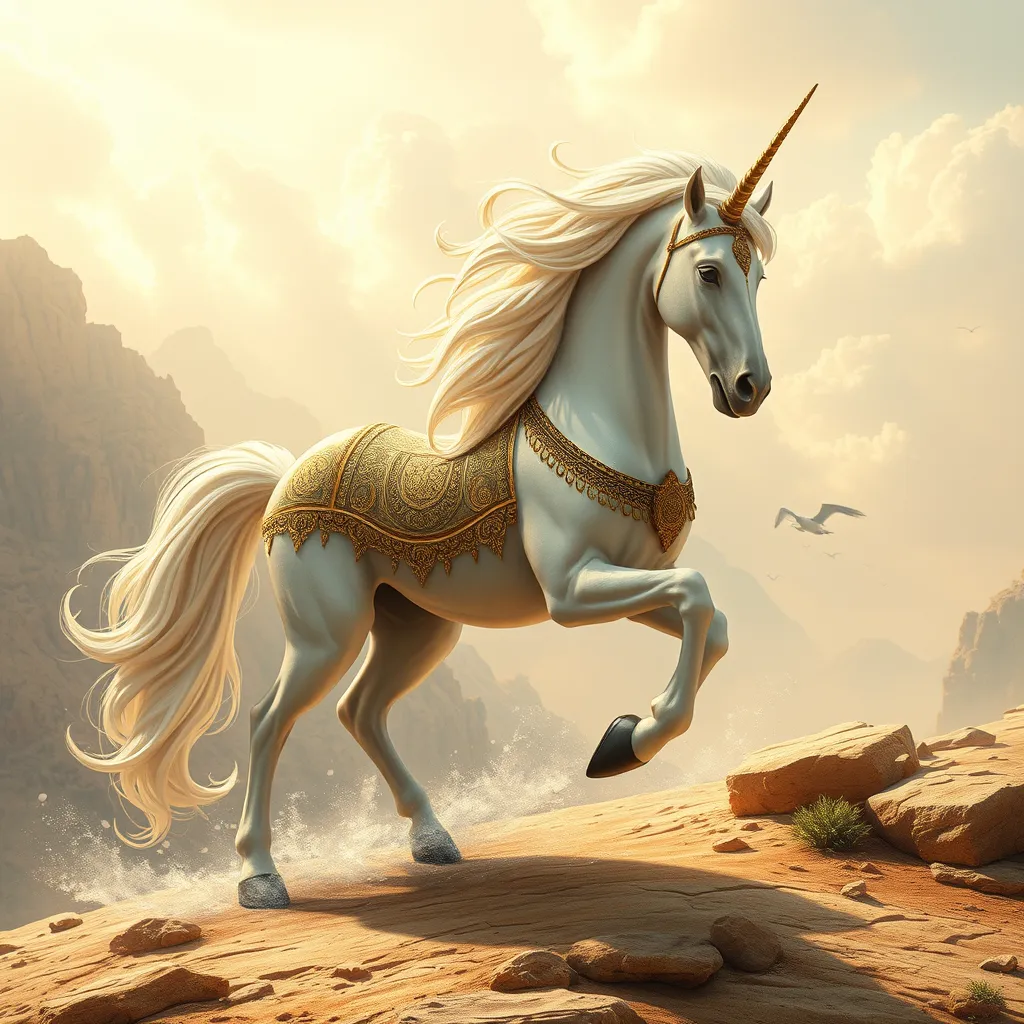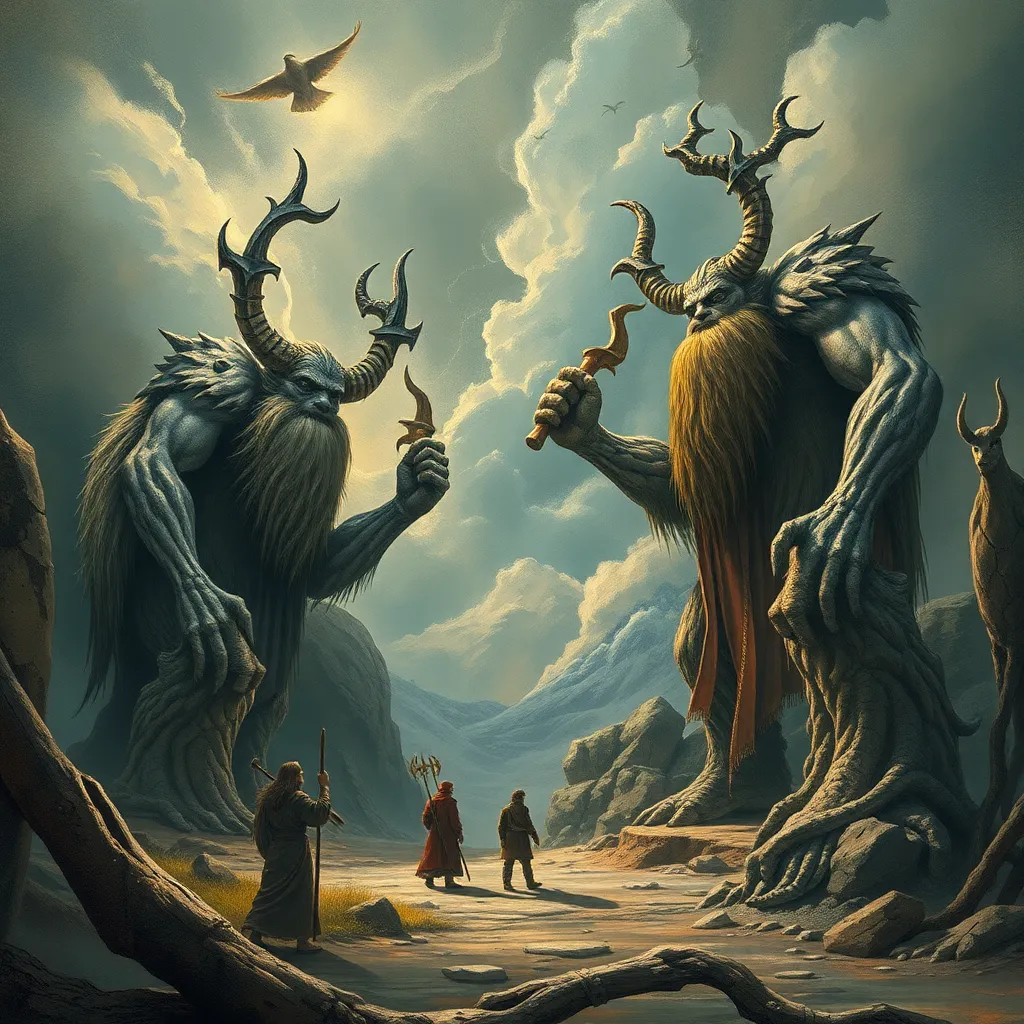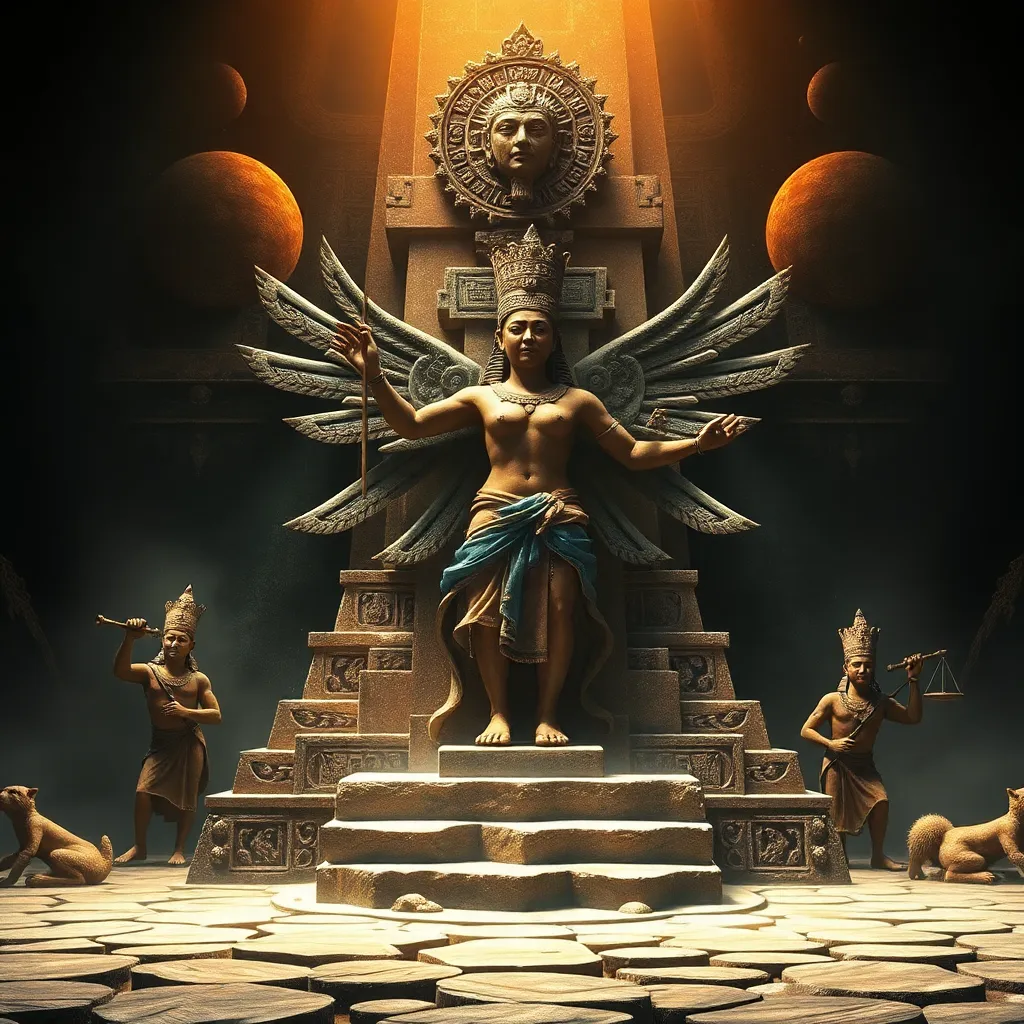From Persia to Paradise: The Unicorn in Middle Eastern Lore
Introduction: The Allure of the Unicorn in Mythology
The unicorn, a creature often depicted as a horse with a spiraled horn, has captivated the imaginations of cultures across the globe for centuries. Its allure lies not only in its ethereal beauty but also in its rich symbolism and profound meanings that transcend time and geography. In Middle Eastern lore, the unicorn holds a special place, embodying themes of purity, grace, and divinity.
Throughout various cultures, the unicorn has been a symbol of hope and unattainable ideals. In this article, we will delve into the historical roots of the unicorn in ancient Persia, its significance in Islamic tradition, and its portrayal in Middle Eastern folklore. We will also explore the artistic representations of the unicorn and its enduring influence on both Eastern and Western cultures.
Historical Roots: The Unicorn in Ancient Persia
Ancient Persia, a cradle of civilization, is rich in texts and artifacts that reflect the early representations of unicorn-like creatures. Historical documents such as the Shahnameh and inscriptions from the Achaemenid Empire often include descriptions of fantastical creatures that resemble the unicorn.
One of the most significant influences on the symbolism of the unicorn in this region is Zoroastrianism, the ancient pre-Islamic religion of Persia. In Zoroastrian texts, the unicorn symbolizes purity and the divine essence. It is often depicted in the context of the struggle between good and evil, embodying the ideals of righteousness and virtue.
- Mythological Texts: Ancient texts often describe unicorns in various forms, intertwining them with the spiritual and moral fabric of Persian society.
- Artifacts: Archaeological discoveries reveal engravings and pottery depicting unicorn-like creatures, highlighting their significance in Persian culture.
The Unicorn in Islamic Tradition
In Islamic tradition, the unicorn is referenced in various texts, including the Quran and Hadith. Though the term ‘unicorn’ may not be explicitly used, descriptions of similar creatures appear in these texts, often symbolizing purity and innocence.
The unicorn also plays a notable role in Islamic art, where it is frequently depicted in miniature paintings and tapestries. These artistic representations often serve as metaphors for spiritual enlightenment and the pursuit of knowledge.
- Purity and Innocence: The unicorn is seen as a symbol of purity, often associated with virtuous qualities.
- Artistic Representation: Islamic art features unicorns as part of intricate designs, reflecting the culture’s philosophical and spiritual ideals.
The Unicorn in Folklore: Tales from the Middle East
Middle Eastern folklore is rich with tales that feature unicorns, each story carrying its own moral and cultural significance. These tales often serve to convey deeper truths about human nature, ethics, and the relationship between humanity and the divine.
For instance, in Persian folklore, there are stories of unicorns that possess healing powers, representing the idea that purity and virtue can lead to redemption and healing. In Arab folklore, unicorns are often depicted in stories that emphasize bravery and the triumph of good over evil.
- Healing Powers: Many tales highlight the unicorn’s ability to heal ailments, symbolizing hope and purity.
- Bravery and Valor: Folklore often portrays unicorns in the context of heroic quests, reinforcing the values of courage and strength.
Symbolism and Interpretation: What the Unicorn Represents
The symbolism of the unicorn varies greatly between cultures, particularly between Western and Middle Eastern interpretations. In the Middle Eastern context, the unicorn is predominantly viewed as a symbol of beauty, grace, and divine purity.
Contrastingly, in Western cultures, the unicorn often embodies themes of magic and fantasy, frequently depicted in a more whimsical light. This divergence in interpretation reflects broader cultural values and beliefs.
- Middle Eastern Interpretation: Emphasizes divinity, purity, and moral virtues.
- Western Interpretation: Focuses on magic, fantasy, and the unattainable.
Artistic Representations: The Unicorn in Middle Eastern Art
The artistic depiction of unicorns in Middle Eastern art, particularly in Persian miniatures, showcases the region’s rich cultural heritage. These artworks are characterized by their intricate details and vibrant colors, often illustrating unicorns in lush landscapes and alongside other mythical creatures.
Persian miniatures frequently incorporate unicorns within larger narratives, blending them seamlessly into tales of heroes, mystical journeys, and spiritual quests. This artistic approach not only highlights the unicorn’s beauty but also underscores its symbolic significance within the cultural context.
- Miniatures: Persian miniatures often feature unicorns in elaborate settings, demonstrating the artists’ skill and the creature’s importance.
- Cultural Reflection: These artworks reflect the values, beliefs, and aesthetics of Persian society.
The Unicorn Beyond Borders: Influence on Western Culture
The journey of the unicorn from the East to the West is a fascinating tale of cultural exchange. As Middle Eastern lore spread into Europe, the unicorn became a prominent figure in European mythology and art.
During the Middle Ages, European artists and writers adapted the imagery and symbolism of the unicorn, often portraying it in religious contexts. The unicorn became a representation of Christ in Christian art, symbolizing purity and sacrifice.
- Cultural Exchange: The movement of ideas and stories across borders enriched both Eastern and Western narratives.
- Religious Symbolism: In Europe, the unicorn took on new meanings, often intertwined with Christian iconography.
Conclusion: The Enduring Legacy of the Unicorn in Middle Eastern Lore
The fascination with the unicorn endures in contemporary culture, with its legacy rooted deeply in Middle Eastern lore. From ancient Persia to modern interpretations, the unicorn continues to symbolize ideals of beauty, purity, and grace across various cultures.
Preserving and understanding the rich mythological traditions surrounding the unicorn is essential, as it allows us to appreciate the complexity and diversity of human imagination. The unicorn’s journey through history reflects not only the cultures that have embraced it but also the universal themes that connect us all.



